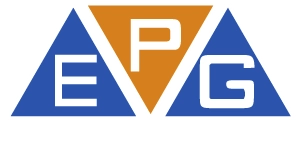Learn more about Auto Gas
Autogas is the common name for Liquid petroleum Gas (LP Gas) when it is used as a fuel in internal combustion engines in vehicles, forklifts and stationary applications such as generators. It is a mixture of propane and butane.
Key benefits of switching
Key benefits of switching vehicle or fleet to dual Liquid Petroleum Gas (LP Gas) and Diesel/Petrol.
Autogas is the third most popular automotive fuel in the world, with approximately 16 million of 600 million passenger cars powered using the fuel, representing less than 3% of the total market share. Approximately half of all autogas-fueled passenger vehicles are in the five largest markets (in descending order): Turkey, South Korea, Poland, Italy, and Australia. The benefits include reduced emissions, quoted by World Liquefied Petroleum Gas Association (WLPGA) as "50% less carbon monoxide, 40% less hydrocarbons, 35% less nitrogen oxides (NOx) and 50% less ozone forming potential compared to petrol or diesel. Liquid petroleum Gas (LP Gas) used in cars (known as autogas) will always be much cheaper than petrol or diesel. Autogas is a high-octane fuel, offering performance comparable to petrol and diesel. Most Liquid petroleum Gas (LP Gas) converted cars have dual fuel systems -- one for petrol or diesel and another for Liquid petroleum Gas (LP Gas). These systems are set to switch automatically between the two fuels as appropriate. This allows owners to use clean, cheap Liquid petroleum Gas (LP Gas) when it's available, but they still have the option of a quick fill-up at the local petrol filling station if they need it.
Autogas Liquid Petroleum Gas (LP Gas)
Autogas Liquid Petroleum Gas (LP Gas) conversion does not require changes in the engine.
Read More
The Central Energy Fund of South Africa regulates the pricing of LP-Gas. Pricing fluctuates monthly, it either goes up or down as per this Government Department on the first Tuesday of each month.
Want to keep in touch with our latest news?
